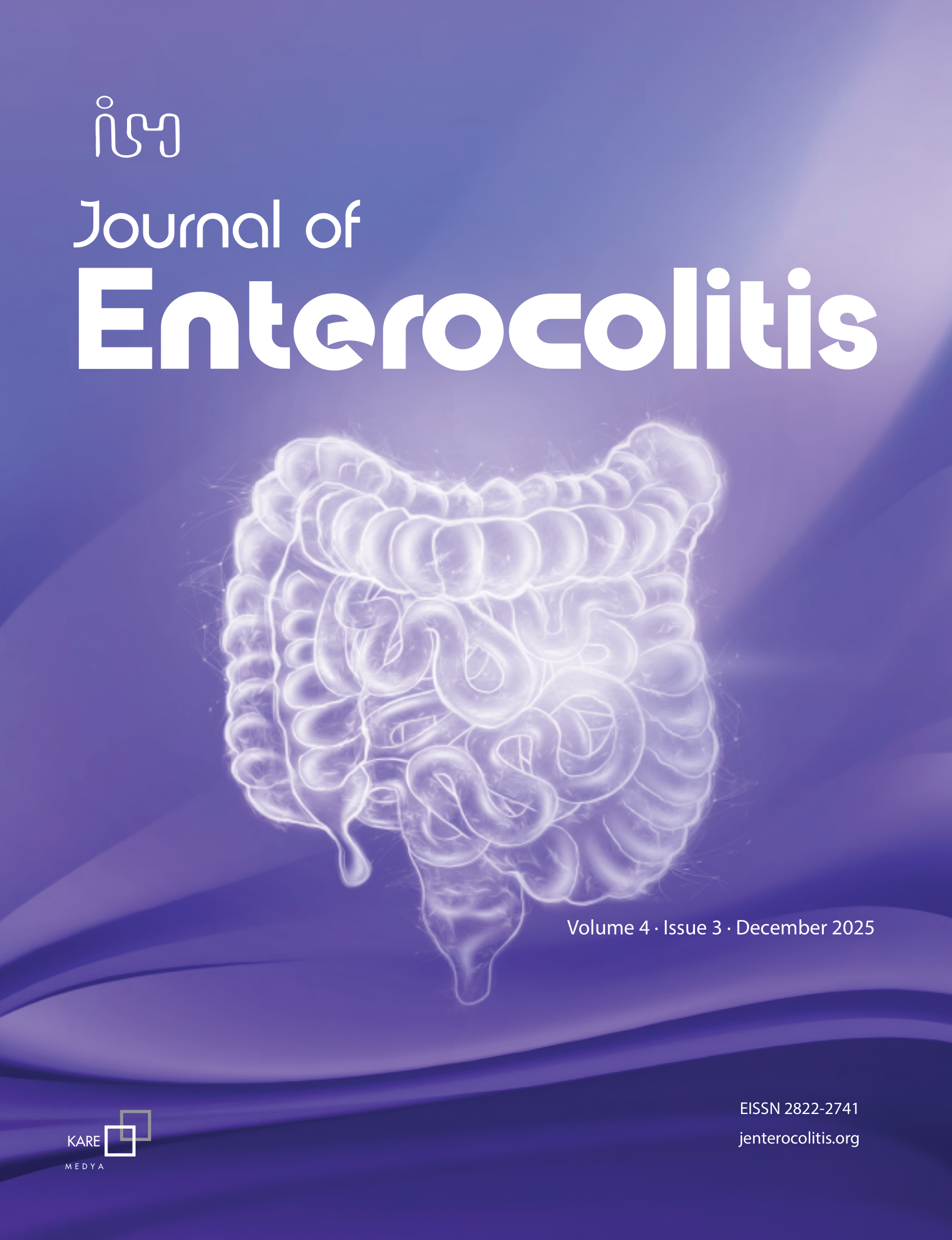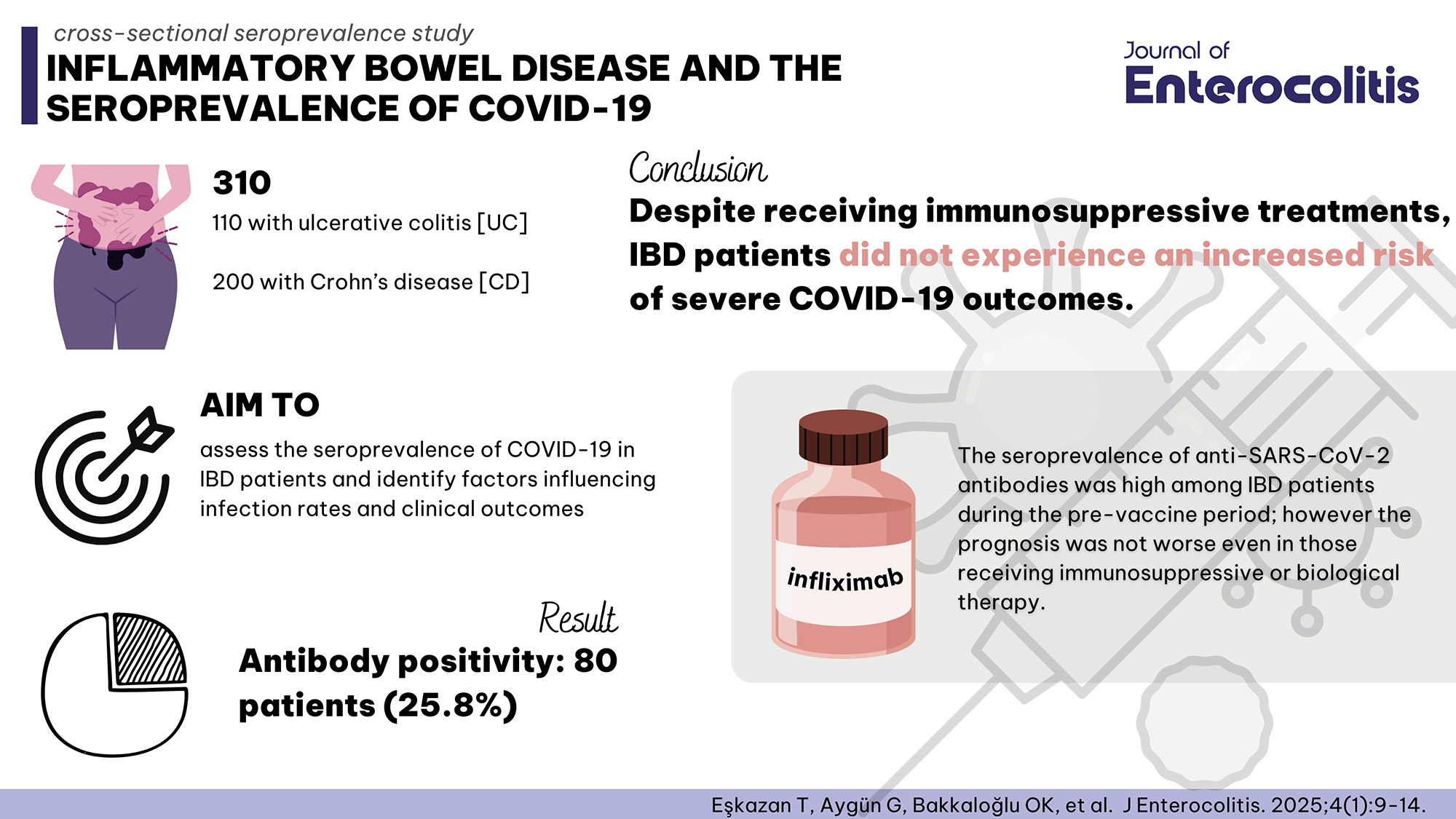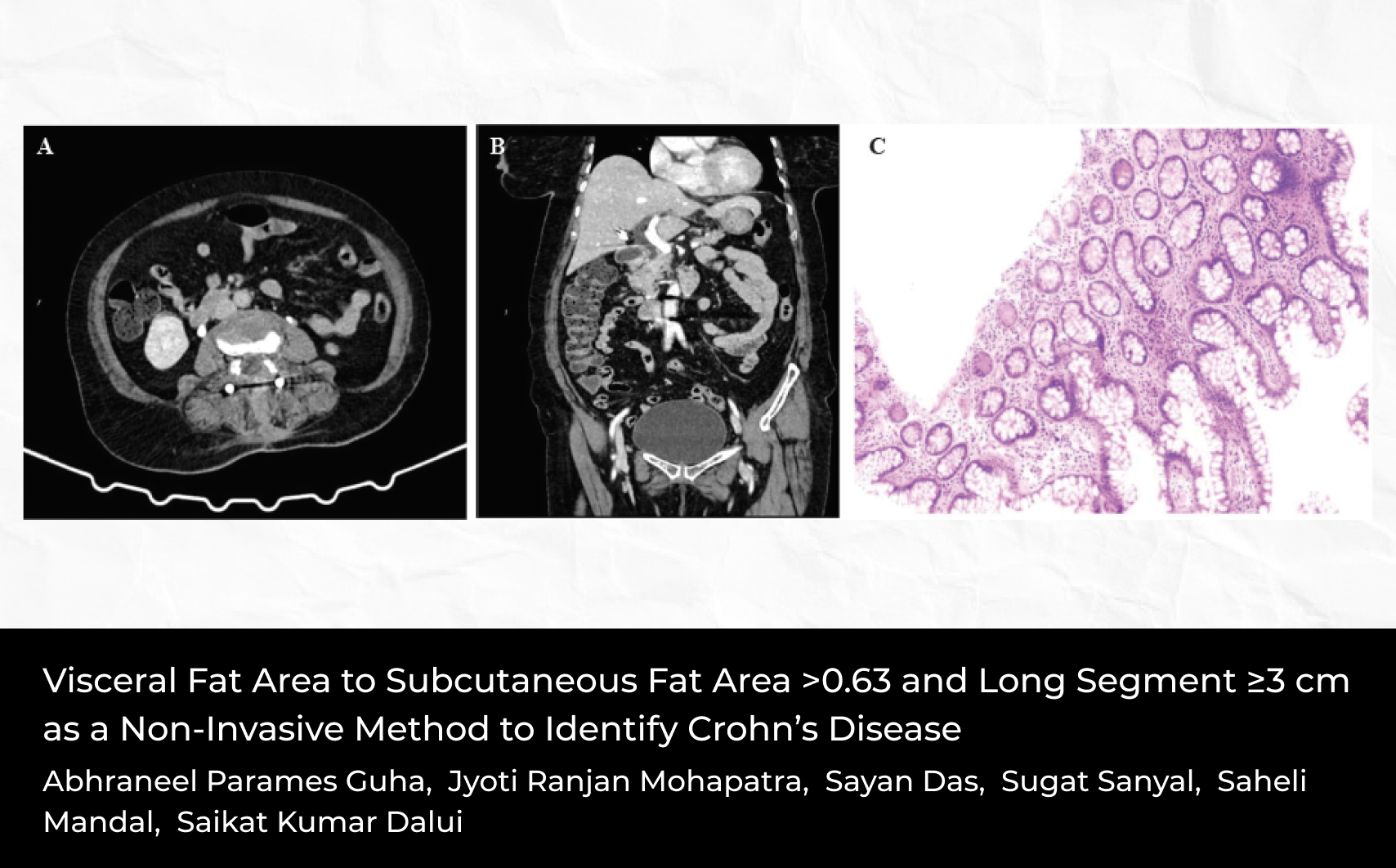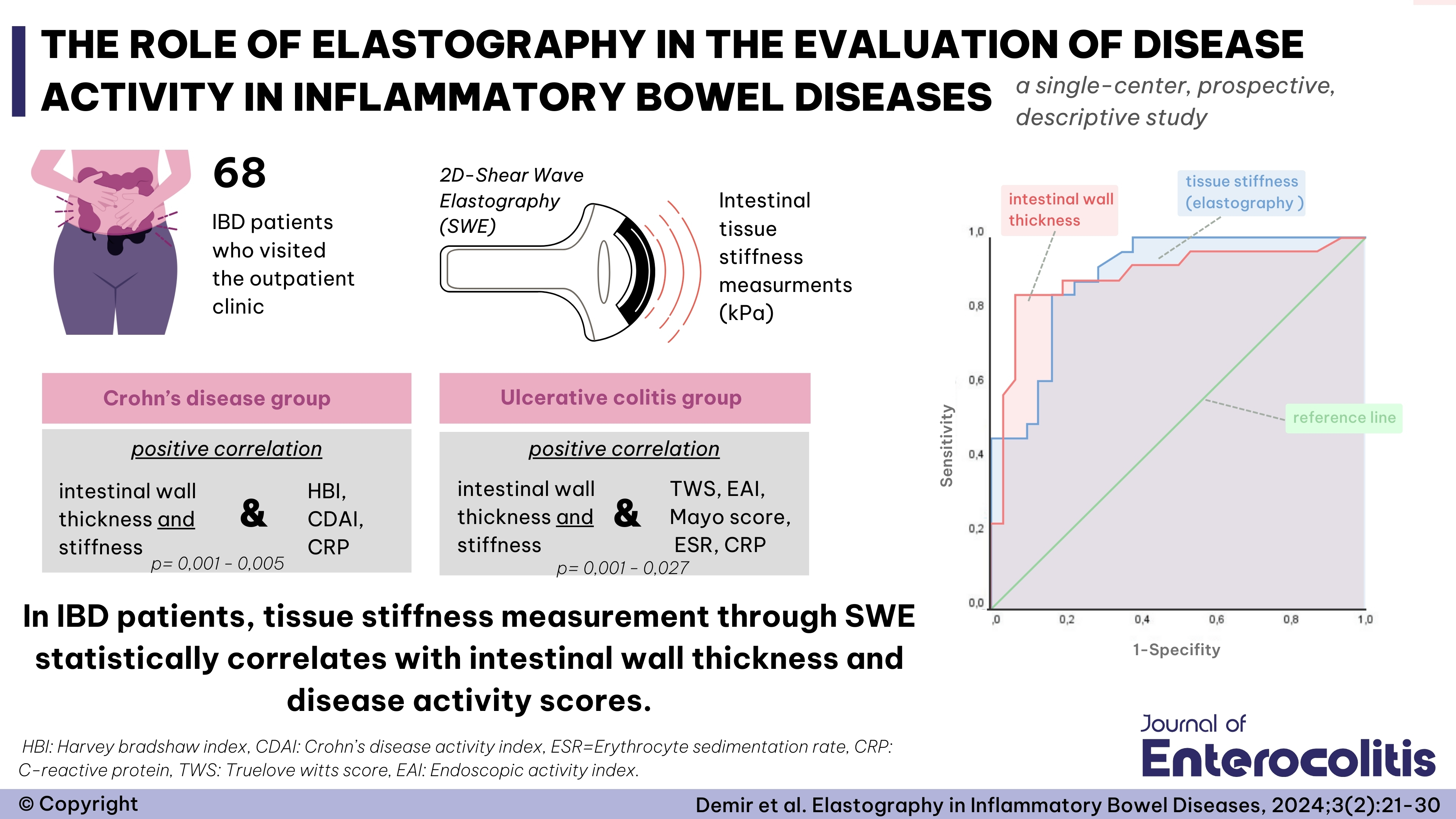2Department of Gastroenterohepatology, Fatih Sultan Mehmet Training and Research Hospital, İstanbul, Türkiye
Abstract
Objective: Small bowel ulcers are rare. However, the diagnosis rates have increased with the introduction of capsule endoscopy into clinical use. Etiology includes infectious, inflammatory, malignant, and vasculitic diseases and drugs. The aim of this study is to evaluate the clinical features of patients with small bowel ulcers who have undergone CE for any reason.
Methods: The data of 178 cases who underwent capsule endoscopy in our clinic between 2005 and 2010 were analyzed retrospectively. Demographic and clini- cal features of cases with benign ulcers in the small intestine were evaluated. In patients with ulcers in the small intestine, either double balloon enteroscopy was performed or operated.
Results: A total of 24 patients (13.7%) had benign small bowel ulcers other than the bulbus. The mean age of the patients was 45.2 ± 19 years (18-84) and 13 (54%) were male. The reasons for requesting capsule endoscopy were Crohn’s disease suspicion in only 3, abdominal pain in 1, and bleeding of unknown origin in the others. The cause could not be determined in 9 patients (37.5%). Four of the patients were using acetylsalicylic acid and Coumadin due to ischemic heart disease. Four patients were diagnosed with Crohn’s disease. Four patients were followed up with the diagnosis of nonspecific ulcer after surgery. One patient was operated for stenosis with the diagnosis of ulcerous jejunoileitis developed on the basis of gluten enteropathy. Although 1 patient did not use nonsteroidal anti-inflammatory drugs, he was diagnosed with diaphragm disease and followed up with biopsy material taken during double-balloon enteroscopy. Six (25%) patients who revealed multıpl ulcers had Crohn disease or history of ASA. In 4 (16%) patients, stenosis developed due to ulceration in the small intestine. Conclusion: In one-third of small bowel ulcers, the cause may not be determined. The most common etiologic causes are Crohn’s disease and aspirin use, and ulcers are multiple in one-fourth of the patients.









 Volkan Şenkal1
Volkan Şenkal1 






